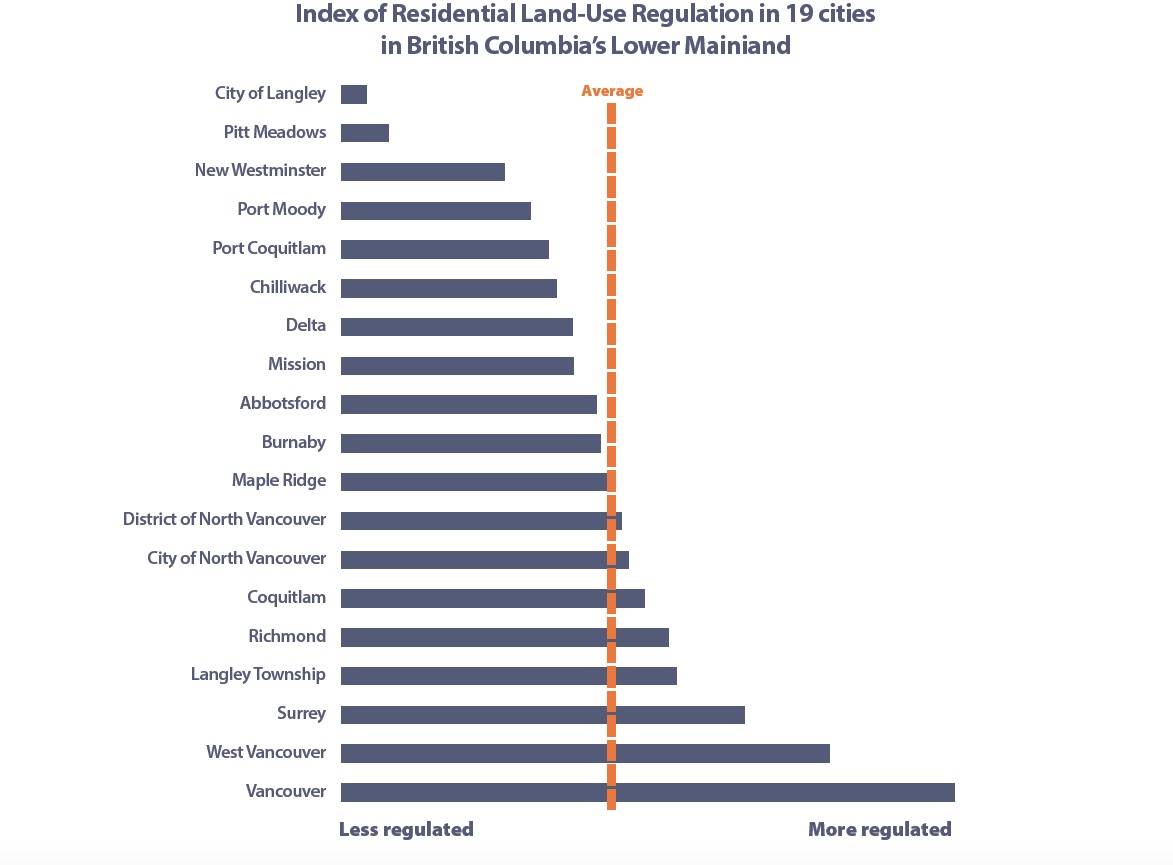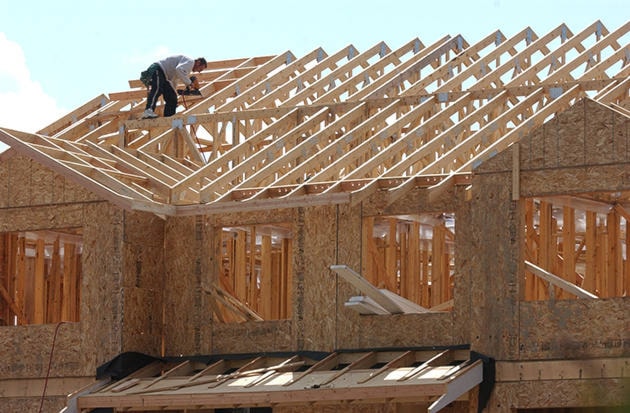When it comes to municipal red tape and building costs, Chilliwack fares quite well.
The Fraser Institute released a new study, New Homes and Red Tape in British Columbia: Residential Land-Use Regulation in the Lower Mainland, comparing permit approval times, rezoning delays, council/community reception to development, and permit costs.
Chilliwack is ranked number six overall on the list of 19 municipalities, and also sixth in terms of council/community attitude to development, with a score of 2.1 on a scale of one to five, where 2 indicates “not a deterrent to development.”
The study shows how residential land-use regulation affects the supply of new housing. The data was collected based on experiences and opinions of development industry professionals, and weighted based on project volume.
Vancouver and West Vancouver make it most difficult to build, while Langley, Pitt Meadows and New Westminster are first, second and third easiest respectively.
“Increasing housing supply in Vancouver could help lower prices, but unfortunately there are a lot of confusing and costly regulations on the books that deter new homes from being built,” said Kenneth Green, a senior research director at the Fraser Institute, and study co-author.
So Chilliwack ranked below some of the most efficient cities, he noted, but fared much better than either Vancouver or West Vancouver.
“The story for Chilliwack is that there is some room for improvement, which is almost everywhere, but it still comes out in the top half,” Green said.
For wait times of permit approval, Chilliwack is about average, with 11.9 months, but it’s further down the list in terms of regulatory costs per dwelling unit, and falls to seventh as in terms of percentage of development requiring rezoning.
Chilliwack also does well in terms of rezoning approval timeline, with an average of 2.3 months, where a the cross-respondent weighted average for the Lower Mainland was 5.3 months.
It achieved similar score to neighbouring Fraser Valley cities of Mission and Maple Ridge in terms of obstacles to development, whereas Vancouver had the highest level of opposition to new residential development from city council and community groups.
“If municipal councils in the Lower Mainland, especially in Vancouver, really want to increase the supply of housing, they should consider more sound regulatory regimes that encourage—not stifle—residential development,” Green said.
That can mean getting the permit approval times down from six months or a year, to three months, he told The Progress.
Chilliwack has a history of ranking highly in these types of studies. Chilliwack was recognized for its very low fees and tax regime, and quick turnaround process for permits, in the 2014 municipal report card issued by Commercial Real Estate Development Association (NAIOP).
It was the second time that year Chilliwack scored highly in terms of affordable land and development costs, and tax structure. It was also noted in the Colliers 2014 Lower Mainland study, Rising Cost of Industrial Occupier Facilities.
jfeinberg@theprogress.com
twitter.com/chwkjourno

